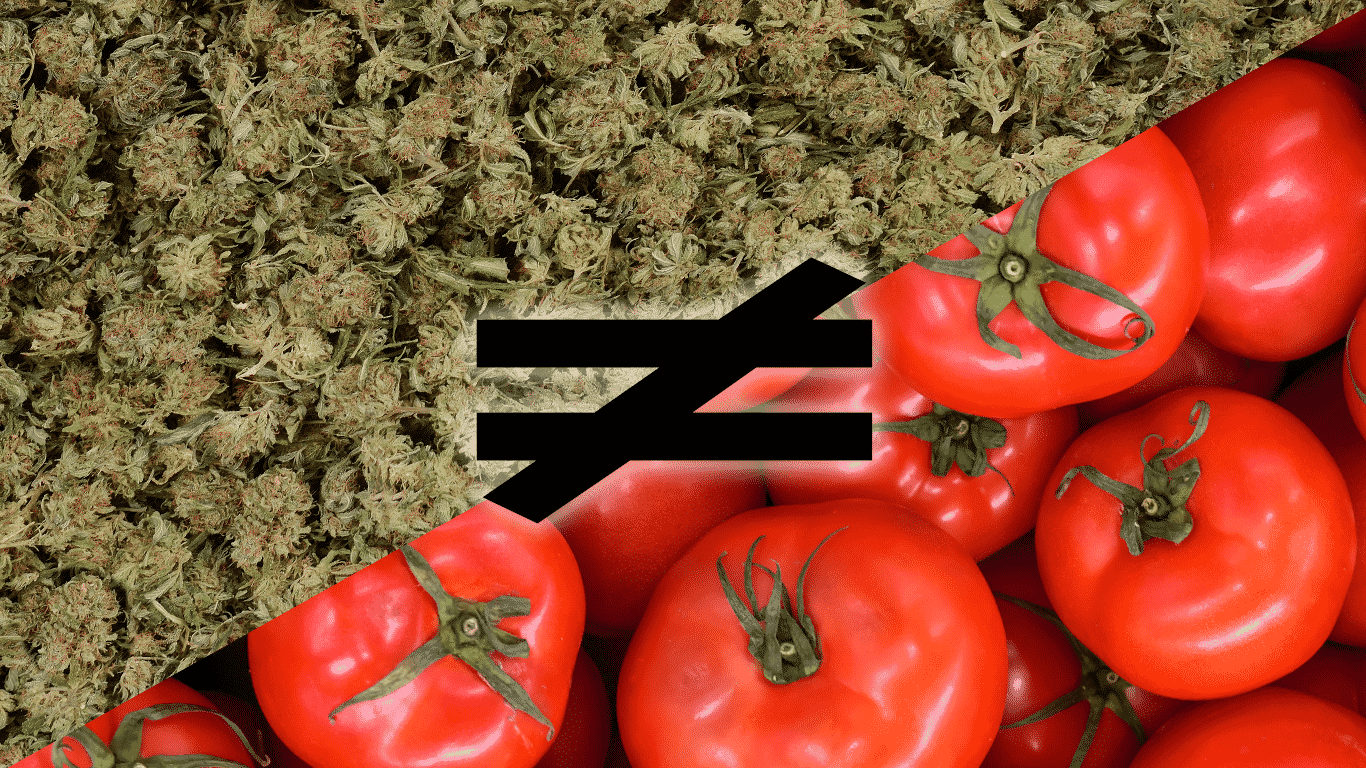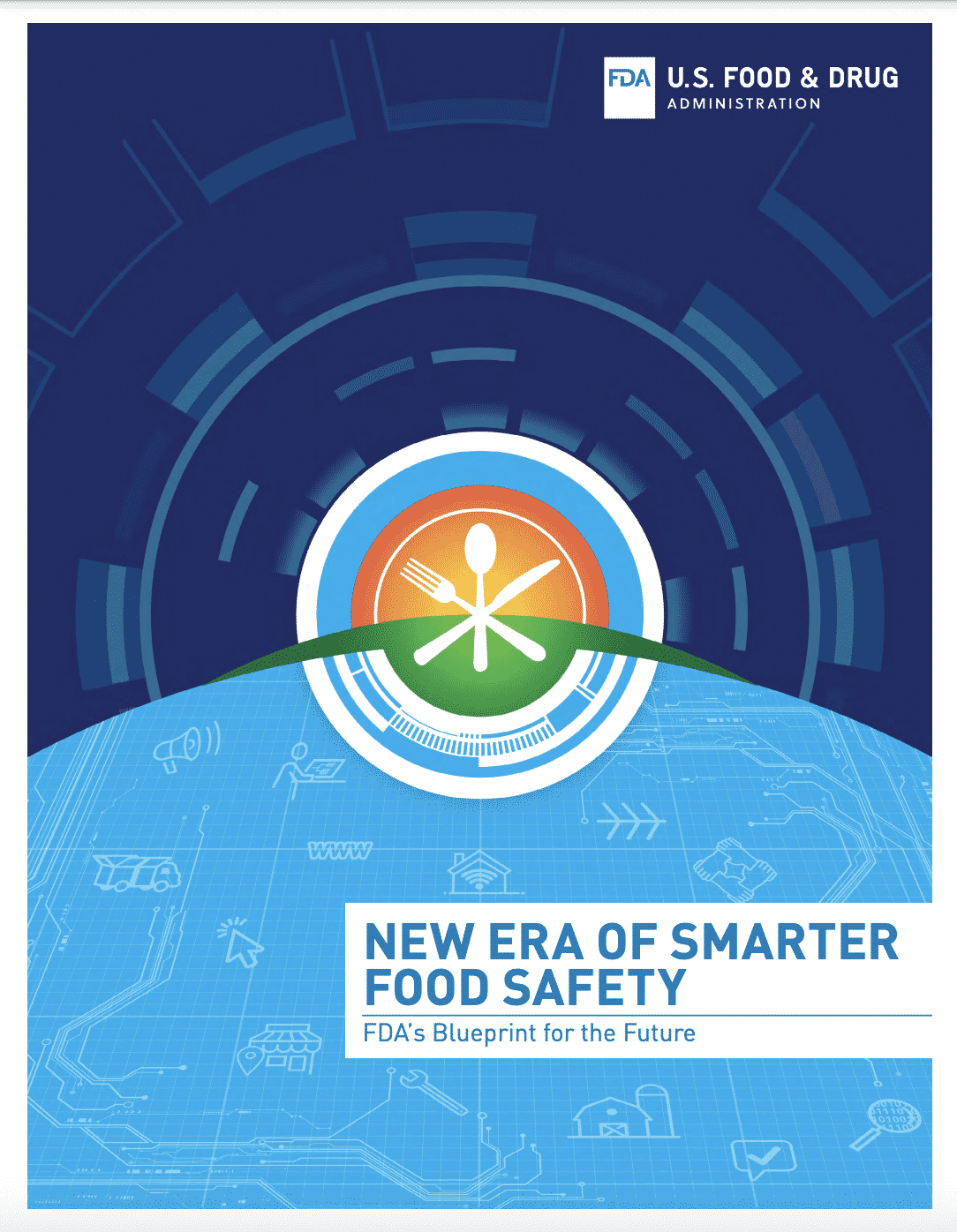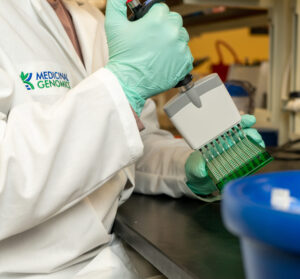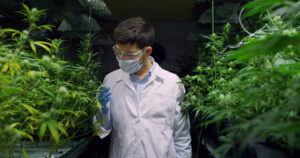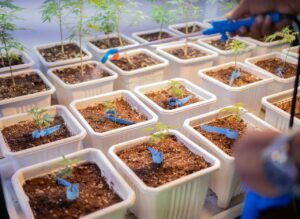We continue to see several conflations and misconceptions voiced in the discussion about microbial safety standards for cannabis products. The foundation for these misconceptions is the idea that cannabis testing regulations should mimic the food industry. We reject this idea because cannabis flower has two major departures from food: it contains high concentrations of antibiotics and it is dried and inhaled.
Cannabis Flower Contains High Concentrations of Antibiotics
As much as 20% of cannabis flower weight/volume is made up of cannabinoids, which are potent antibiotics. In fact, Researchers from The University of Queensland and Botanix Pharmaceuticals Limited showed CBD can penetrate and kill a wide range of bacteria including Neisseria gonorrhoeae, which causes gonorrhea.We have not seen any food on the market that is 20% (weight/volume) antibiotic.
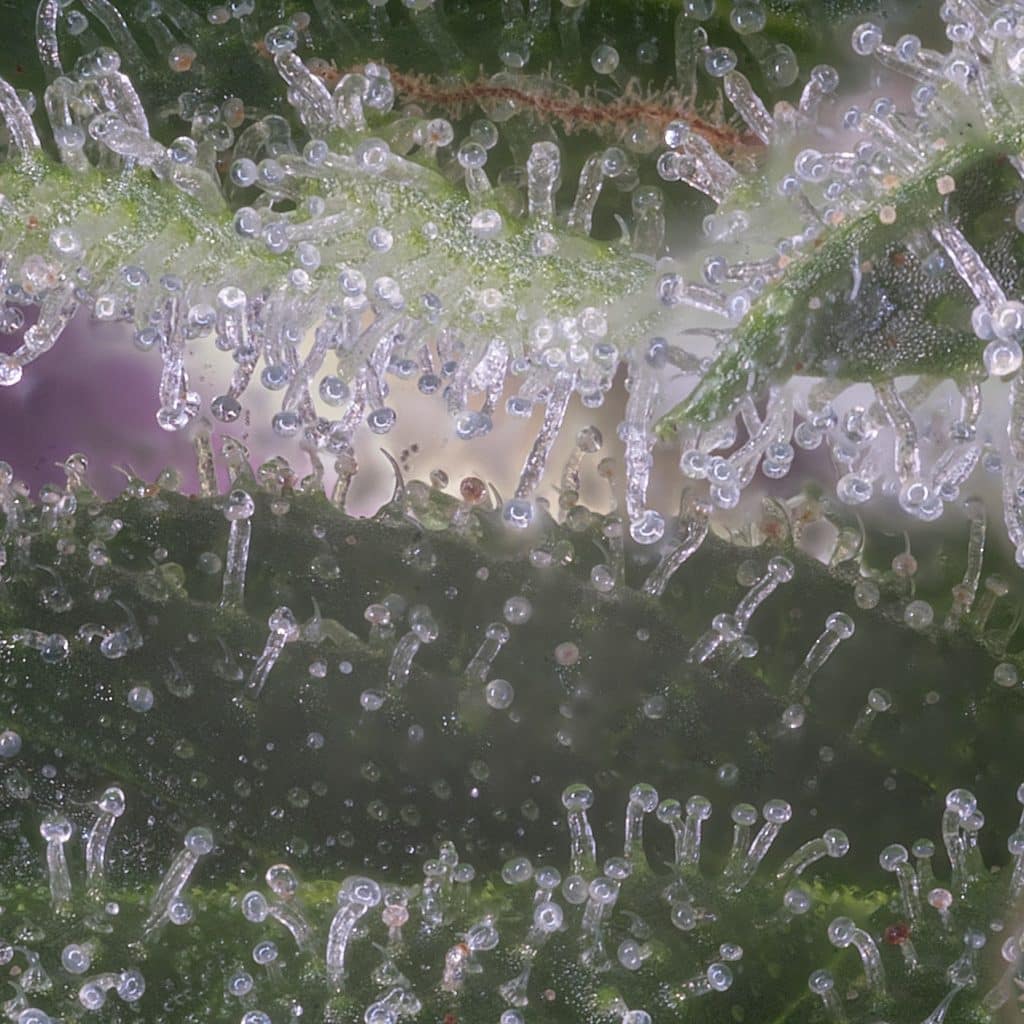
Furthermore, each cannabis cultivar has a unique combination of cannabinoids and each cannabinoid has its own antimicrobial spectrum. For example. THC has different antibiotic properties than CBD and CBG. So one can assume that each unique flower chemotype creates a unique matrix that will affect the resulting colony counts. An effect not dissimilar to the one we observed when comparing different culture media https://f1000research.com/articles/10-624.
https://www.ncbi.nlm.nih.gov/pmc/articles/PMC7105690/
https://pubmed.ncbi.nlm.nih.gov/34035994/
Failure to purify these antibiotics from solution during homogenization will result in chemotype to chemotype variation and require each chemotype to be validated for microbial counts. This is daunting and no one in the cannabis industry is doing this despite it being well known that if the matrix changes you must revalidate. This lack of purification seen in plating methods is a weakness not seen in molecular methods that purify the sample before enumerating DNA molecules.
Additionally, because the cannabis flower’s natural antibiotics are packaged into trichomes, it is only when samples are aggressively homogenized that they are allowed to alter the microbiome on the flower. This effect is not seen by cannabis consumers who simply vaporize a non-homogenized flower sample, which means the test is not representative of what consumers experience.
Cannabis Flower is Dried and Inhaled
We have not seen any food on the market that is dried and inhaled. However, when we look at requirements for dried produce, we see that cannabis testing methods do not match up. Dried produce requirements call for 5+ days to resuscitate viability for microbes. Most cannabis culturing methods do not call for this, even though the product is inhaled and should arguably be held to higher standards than food.
The FDA Supports Molecular Testing Methods
We also reject the assertion that the food industry and the FDA exclusively use culture-based platforms. There are many FDA-approved PCR kits on the market used for food testing. In fact, the “New Era of Smarter Food Safety Blueprint” envisions a future food safety program based on molecular testing methods. Plating methods that some regulators regard as the “gold standard” for the cannabis matrix, was tellingly not mentioned.
In addition, the FDA and the CDC have launched the GenomeTrakr network along with the culture-independent diagnostic testing program via the CDC’s Pulsenet program. We support the FDA’s and CDCs position to modernize the regulatory framework while leveraging the use of proven molecular tools to accelerate predictive capabilities, prevention, speed outbreak response, and enhance our ability to swiftly adapt to crises that could impact consumer safety. AOAC method validation process should be forward-thinking to ensure an alignment with the FDA’s plan to modernize food safety testing.
Lessons Learned from COVID-19 Testing
COVID-19 testing is the largest pathogenic testing market in existence by an order of magnitude, and culture-based methods are absent from this marketplace. COVID testing did not resort to plating as a gold standard for several reasons:
Culturing pathogenic microbes is dangerous to laboratory staff and may result in illness and leaks
This practice is irresponsible to recommend when non-viable methods (DNA-based methods) can accurately quantitate pathogenic risk without replicating viable dangerous pathogens. We believe it is reckless to force cannabis labs into the dark ages of plating when there is no federal employee oversight (OSHA) to protect lab staff from these risks. Culturing pathogens should be avoided at all costs, and not be assumed to be some safe gold standard.
qPCR delivers answers in a timeframe that matters
This has parallels to cannabis testing where the flowers are dried and thus require very long culturing times to accurately assess the microbial burden on the flower. Very few labs that are “following the food industry” actually treat cannabis according to dried food regulations. If they did, their product’s microbial background will have changed by the time they received a microbial enumeration due to the long turn-around time required for culturing these dried pathogens.
Culture Methods are Blind to the Most Dangerous Microbes in Cannabis
Lastly, and perhaps most importantly, the cannabis industry needs to move on from culture-based methods because they cannot detect endophytes. The only clinical deaths in the literature from cannabis are from plant endophytes. These microbes live inside the plant and you cannot get them out of the plant without lysing open plant cell walls. Lysing open plant cell walls also lyses open microbial cell membranes and cell walls, thus making them non-viable. As a result, culture-based methods cannot discern the most pathogenic risks known to exist in cannabis. Any gold standard built on platforms that are blind to endophytes will tarnish the more sensitive platforms that are capable of detecting the lethal risks.
- Salmonella is a plant-based endophyte. These endophytes vascularize the roots from contaminated soil and water
- E.coli is a plant-based endophyte
- Listeria is a plant-based endophyte
- Aspergillus, fusarium and most yeast and molds are endophytes
In summary, any benchmark for developing quantitative or qualitative microbial detection assays needs to address the cannabis matrix complexity and endophyte detection. Culture-based methods cannot serve as this benchmark. This is reinforced by many peer-reviewed publications in the space.

